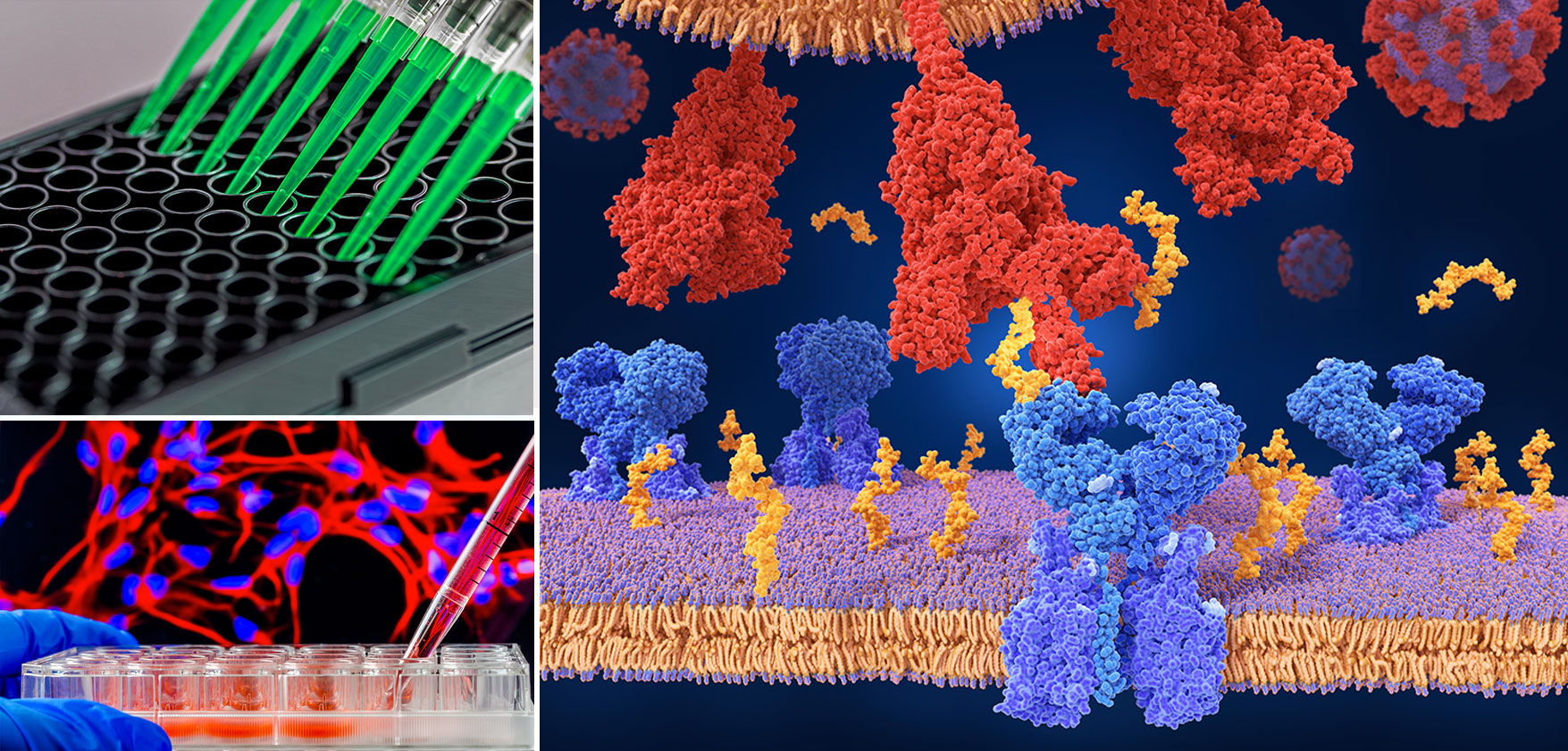
The CNOS biomolecule characterization laboratory has a series of tools that offer the possibility of carrying out the complete characterization of different biomolecules both from the structural and interaction with other molecules point of view. The laboratory offers label-free methods based on Surface Plasmon Resonance (SPR) capable of analyzing biomolecular interactions also providing results on the on the affinity and binding kinetics of proteins, peptides, DNA, RNA, aptamers, small molecules and other samples from pharmaceutical, biotechnology and diagnostics industries. In addition, the laboratory is equipped with instruments capable of determining the size and distribution of small particles radius in suspension or polymers in solution. It is also equipped with absorbance image-based cytometry, time-resolved fluorescence (TRF), luminescence, alpha and fluorescence detection,methods.
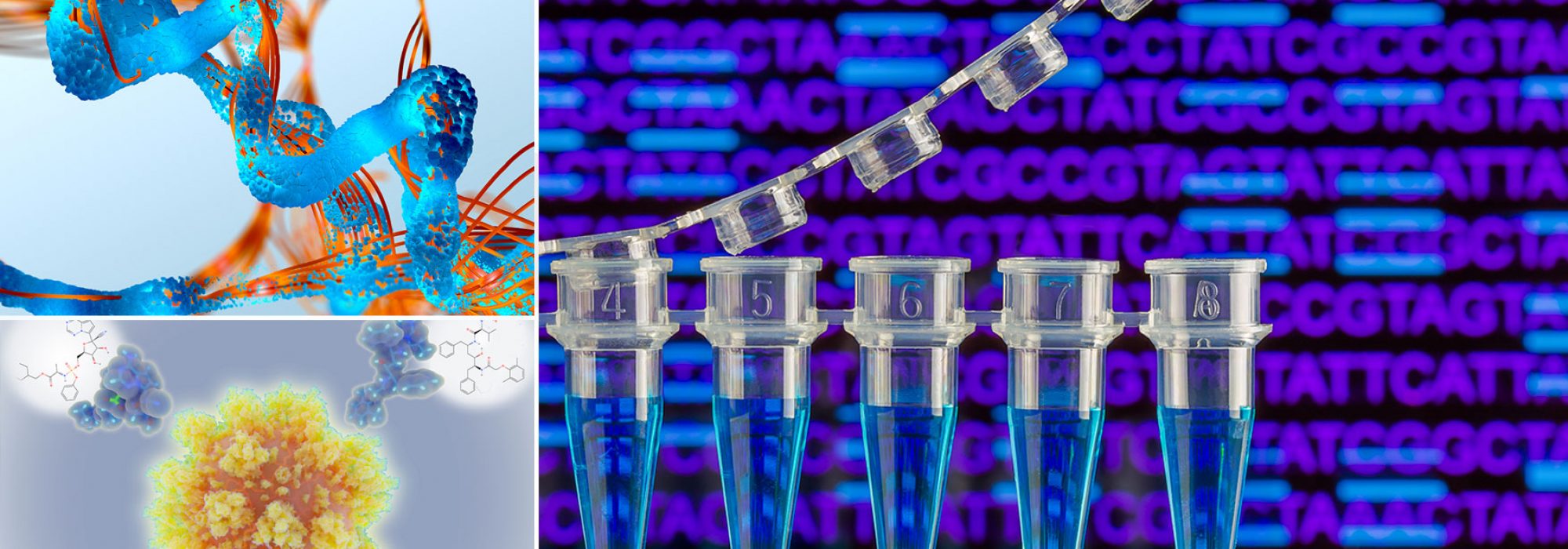
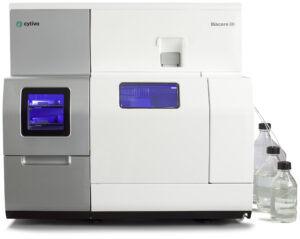 The Biacore ™ 8K is one of the newest components of the Biacore family. It is a s high-sensitivity system that support execution and evaluation of label-free interaction analyses based on surface plasmon resonance (SPR) measurements, which reveal the interaction between proteins and other biomolecules, one bonded to the sensor and the other flows to the surface, through physical optical effects. The SPR response is directly proportional to the change in mass concentration near the surface. Biacore ™8k can perform a high throughput screening: it has a microfluidics which consists of 8 separate channels, each of which consists of two flow cells, in order to rapidly providing high-quality kinetic and affinity data.
The Biacore ™ 8K is one of the newest components of the Biacore family. It is a s high-sensitivity system that support execution and evaluation of label-free interaction analyses based on surface plasmon resonance (SPR) measurements, which reveal the interaction between proteins and other biomolecules, one bonded to the sensor and the other flows to the surface, through physical optical effects. The SPR response is directly proportional to the change in mass concentration near the surface. Biacore ™8k can perform a high throughput screening: it has a microfluidics which consists of 8 separate channels, each of which consists of two flow cells, in order to rapidly providing high-quality kinetic and affinity data.
Biacore ™8K allows to perform the following analyses:
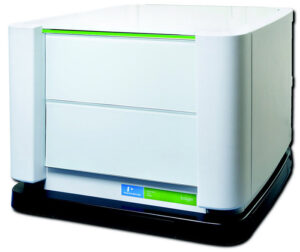 The EnSight Multimode Plate Reader from PerkinElmer is an easy-to-use platform for quantitative detection of light-emitting or light-absorbing markers in research and drug discovery applications. The instrument is equipped with a temperature control module (up to 65°C) and stirring module. It is equipped with Kaleido software for image acquisitions and data analysis.
EnSight offers up to seven different measurement technologies described below:
The EnSight Multimode Plate Reader from PerkinElmer is an easy-to-use platform for quantitative detection of light-emitting or light-absorbing markers in research and drug discovery applications. The instrument is equipped with a temperature control module (up to 65°C) and stirring module. It is equipped with Kaleido software for image acquisitions and data analysis.
EnSight offers up to seven different measurement technologies described below:
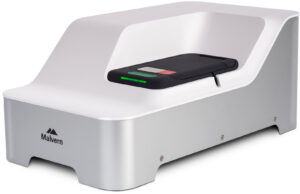 Zetasizer ULTRA is an high sensitivity light scattering platform with NIBS ™ optics, adaptive correlation and MADLS technology. The system is suitable for the measurement of size, zeta potential and concentration of particles in dispersion and molecules in solution , useful for many applications including pharmaceuticals, food and drink, bioscience and nanomaterials characterizations.
Zetasizer ULTRA is an high sensitivity light scattering platform with NIBS ™ optics, adaptive correlation and MADLS technology. The system is suitable for the measurement of size, zeta potential and concentration of particles in dispersion and molecules in solution , useful for many applications including pharmaceuticals, food and drink, bioscience and nanomaterials characterizations.